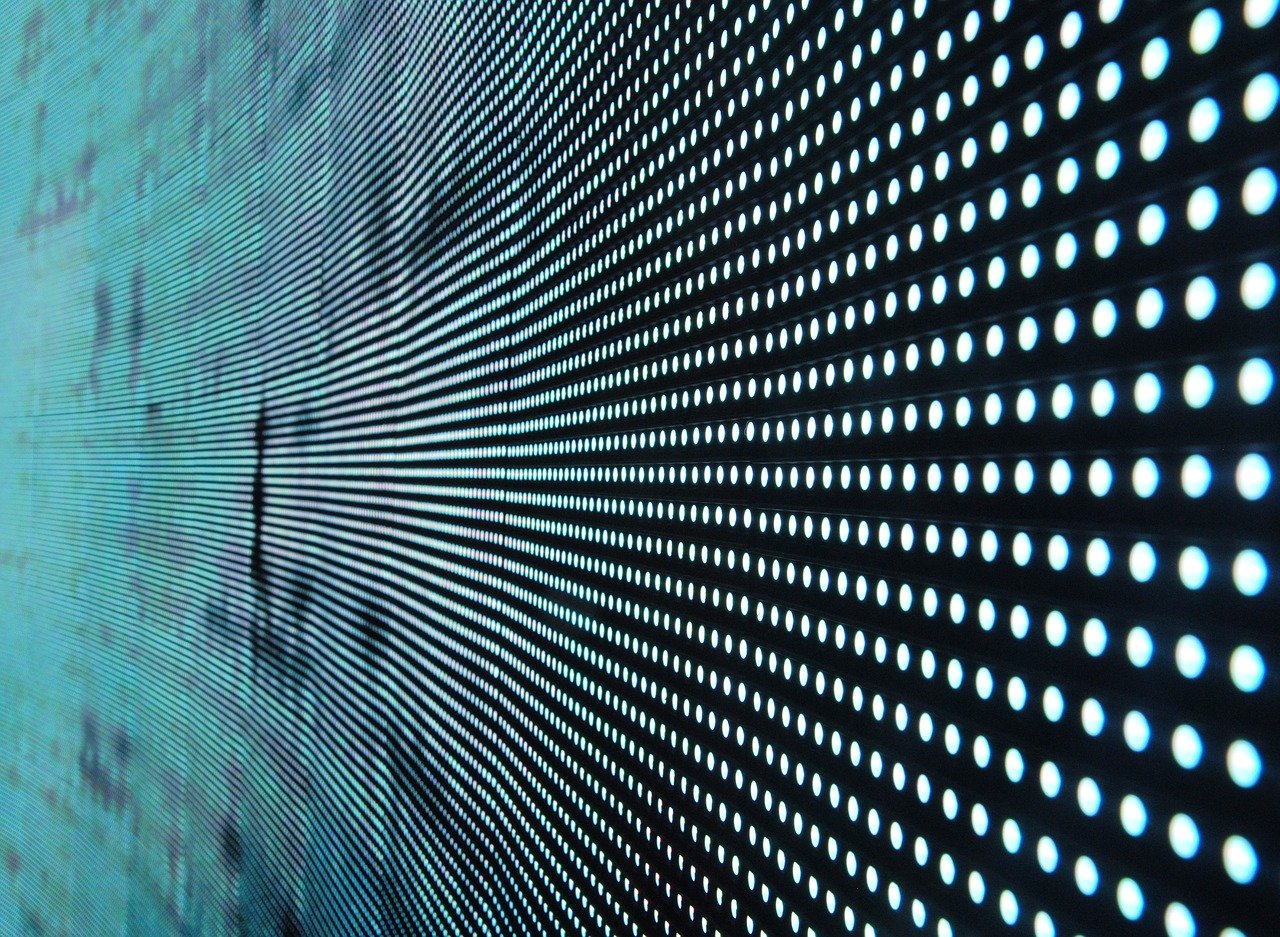Scientists at the Circadian Light Research Center published their new finding in the Journal of Biological Rhythms pointing out the narrow band of blue light that synchronizes our circadian rhythms during the day and disrupts them at night. The study could help lighting fixtures and LEDs to be further engineered and designed to optimize human health.
Blue light exposure at night is a well-established public health hazard. It suppresses melatonin, causes circadian disruption, and is linked to an increased risk of sleep disorders, obesity, diabetes, and breast and prostate cancer. But what is the precise band of blue light that disrupt our circadian rhythms at night?

(Image: Pixabay)
"Our goal was to define the exact wavelengths of light that trigger the human circadian system in real-world lighting conditions" said Dr. Martin Moore-Ede, a former professor at Harvard Medical School and CEO at Circadian ZircLight. "We found the critical blue light signal falls between 438-493nm with a peak at 477nm, which we are calling "Circadian Blue." This is the missing key to managing the health risks of light at night."
The Circadian Light Research Center team used an interesting feature of white light to tease out the circadian-sensitive wavelengths. White lights can be built from a wide variety of rainbow color spectral combinations. They recruited 34 male and female study subjects, who were exposed on each test night to a different LED or fluorescent white light spectra for 12-hours. Throughout each night, melatonin levels were measured.
"We found melatonin suppression levels varied widely depending on the light source's unique spectral characteristics," said Dr. Anneke Heitman, a study co-author. "This data enabled us to isolate the impact of individual wavelengths of light and determine the color of Circadian Blue."
"Previous research into the spectral sensitivity of the circadian clock was done in dark-adapted conditions with short exposures to monochromatic (single color) lights. However, at home and at work, we spend the vast majority of our time in a light-adapted state, exposed to white polychromatic light," said Dr. Moore-Ede. "Our study reflects how we interact with light in the real-world."





 CN
TW
EN
CN
TW
EN






